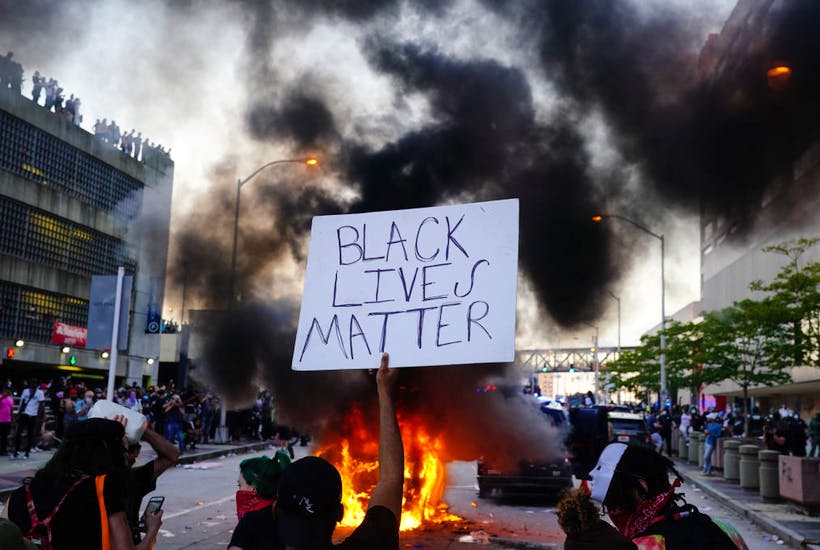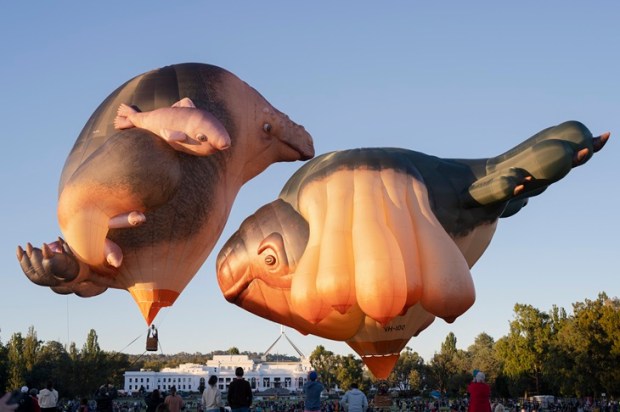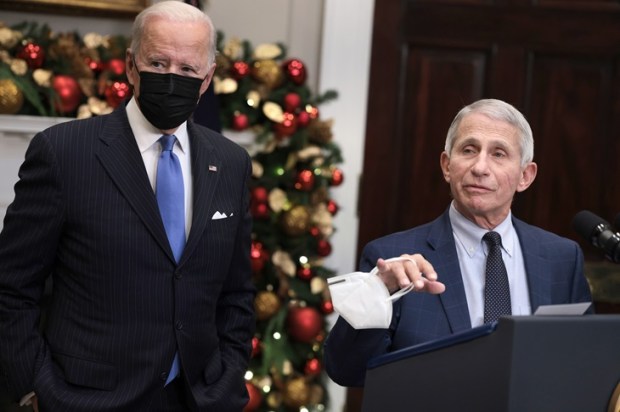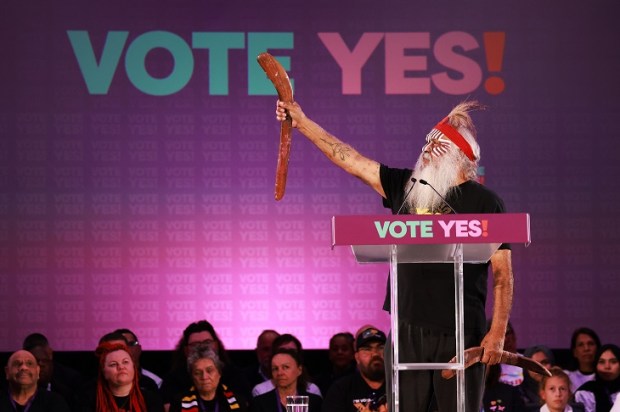“They sayin’ Black Lives Matter and all this stuff,” he said. “But man, you’re hurting the black community.”
These are the words of Tony – an African American man from Milwaukee – describing a recent escape from a riotous mob while returning home from a hard day’s work.
Just like in Australia, there’s ever-mounting evidence that the Black Lives Matter movement is more concerned about protest and not people.
Other violence, from Atlantic City to Fort Wayne, has been directed at black individuals and pounded other minority small businesses across the United States.
But these accounts rarely hit headlines of mainstream media. And the rioters have, according to a brilliant piece of work from indie journalist Michael Tracey, tended mostly to be “activist whites” (or “white kids with skateboards”, as one victim in Indiana recalled).
“The media, in its characteristic insularity and myopia,” writes Tracey, “has instead chosen to pathologically fixate on a constant stream of Culture War inanities that stem loosely from this ongoing ‘movement’ — such as the propriety of various statues and monuments, whether various food brands and sports teams are racist, and whether various micro-celebrities need to be ‘canceled’ for some imagined transgression.”
It is a curious avoidance.
And one that signals the nature of the modern activist – eager to stir up trouble, supposedly on behalf of beleaguered minorities, but trampling on any accounts from individuals that do not fit the mould.
A black hairdresser, Flora Westbrooks, recently found her North Minnesotan hair salon – one she had operated since 1986 – burnt down by ‘activists’ from outside of her community. Fellow Minnesotan and Hmong-American small business owner – Long Her – had proudly never had to call the police in 30 years. Post-George Floyd, however, this is no longer the case, with a similar act of violence ransacking his prized shop inventory.
How could Floyd’s death be connected, in any kinetic way, to a Hmong-American business owner in North Minnesota? Or tormenting a proud long-time hairdresser, like Ms Westbrooks?
These tactics may remind wider readers of the ‘Accidental Guerilla’ thesis put forward by Australian counterinsurgency expert and adviser to George W Bush – David Kilcullen – over a decade ago.
Kilcullen looked at insurgencies much like infectious diseases. An ‘infection’ — the entry of outside extremists into a vulnerable area, followed by ‘contagion’ — the spread of influence, usually by cynically connecting local circumstances to a wider grievance narrative.
Here the ‘infectors’ may find a disagreeable local population. But many of these local individuals –- the Hers, the Westbrooks and other minorities simply wishing to get on with their lives –- will be ‘drowned out’ by those shouting the loudest, marginalising dissent and making the most noise.
It is far easier to present the ‘black community’ as collectively aggrieved rather than largely small ‘c’ conservative –- hardly Trump voters but, in Tracey’s words, “far more outwardly repulsed by riots that ravaged their neighborhoods than the activist media liberals and leftists who so eagerly imbued these riots with some kind of coherent, obviously virtuous political meaning —- a meaning that was evidently not apparent to many of the people who actually live in the affected areas”.
It is revealing that all of the silent minorities Tracey interviewed almost uniformly supported the deployment of the National Guard to put down the flashpoints. And here Kilcullen’s thesis for a solution applies in two parts.
The first is by creating order through the presence of law enforcement. In some cases of unfolding violence the police, as one Minneapolis based Somali-American business owner noted, were “nowhere to be found”.
To not do this is a missed opportunity to prove that ‘the system’ can work –- what used to be referred to as winning ‘hearts and minds’. Ms Westbrooks, for example, has since received government assistance to re-establish her small business –- a good outcome in itself. But one that broadcasts to these communities a competent ‘hand up’ rather than a ‘hand out’ – a point that Coleman Hughes notes in Quillette is much more likely to receive appreciation from African Americans than what many can too carelessly assume.
The second is a focus on the narrative of the ‘individual’ -– not groups –- in a free market economy. Indeed, it is not a message of glamour, writes black American author Shelby Steele, but the only one that we know that works. “Asians, Jews, West Indians, and other have found their avenue for development in the aspirations of their individuals who have approached American society with initiative, energy, and pragmatism,” observed Steele back in the 1990s.
“Whites must guarantee a free and fair society,” he adds. “But blacks must be responsible for actualizing their own lives … only the individual can achieve in schools, master a saleable skill, open a business, become an accountant or an engineer.”
It is a potent lesson that many minority business owners, and others in the silent minority in the United States and Australia, both know and understand.
While unlikely to capture headlines in the march to November 2020, or even sway any voters, it remains the solution to things other than politics much worth striving for — giving individuals space to flourish, marginalising belligerents, and building strong communities.
Sean Jacobs writes at www.seanjacobs.com.au.
Got something to add? Join the discussion and comment below.
Got something to add? Join the discussion and comment below.
Get 10 issues for just $10
Subscribe to The Spectator Australia today for the next 10 magazine issues, plus full online access, for just $10.


























Comments
Don't miss out
Join the conversation with other Spectator Australia readers. Subscribe to leave a comment.
SUBSCRIBEAlready a subscriber? Log in